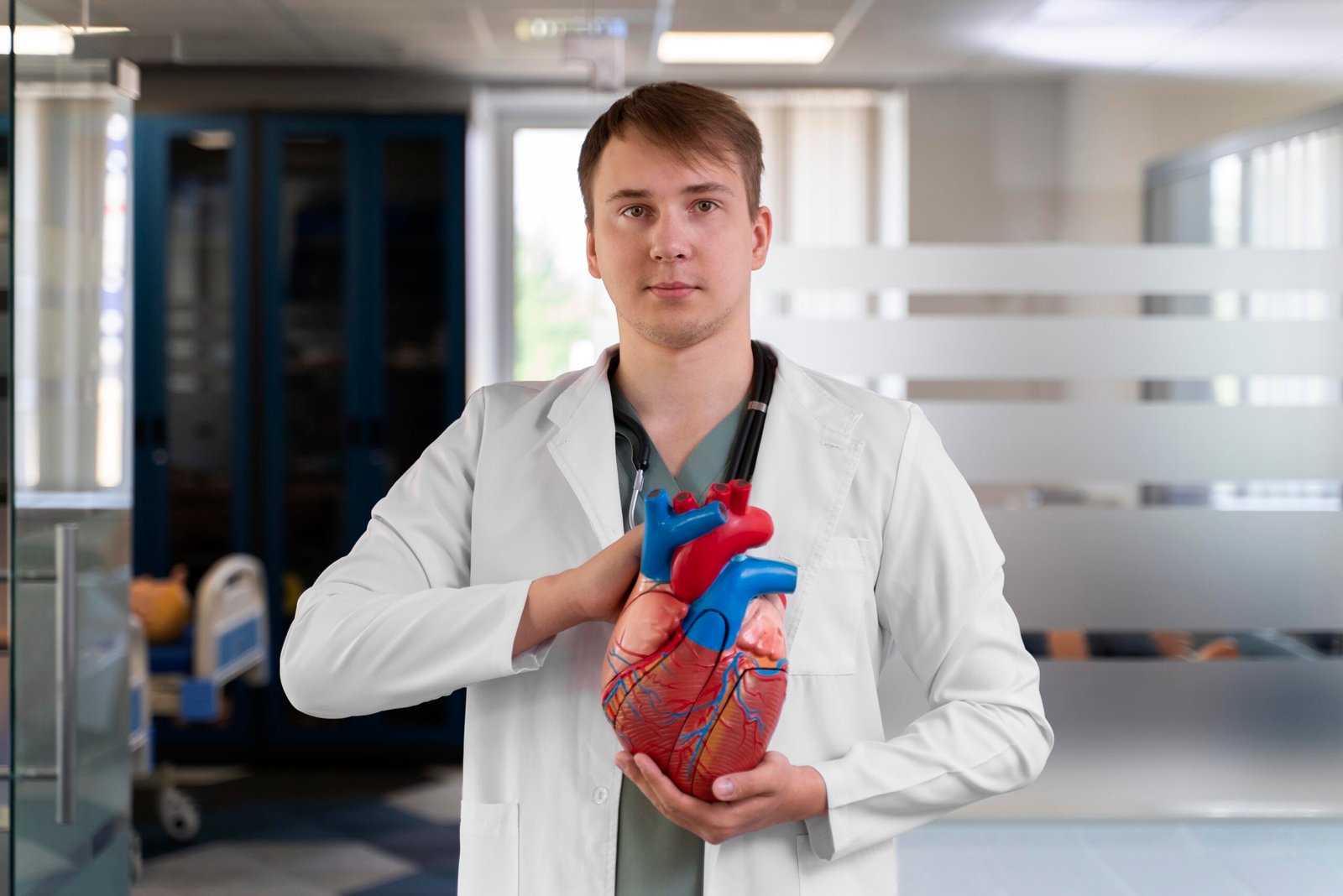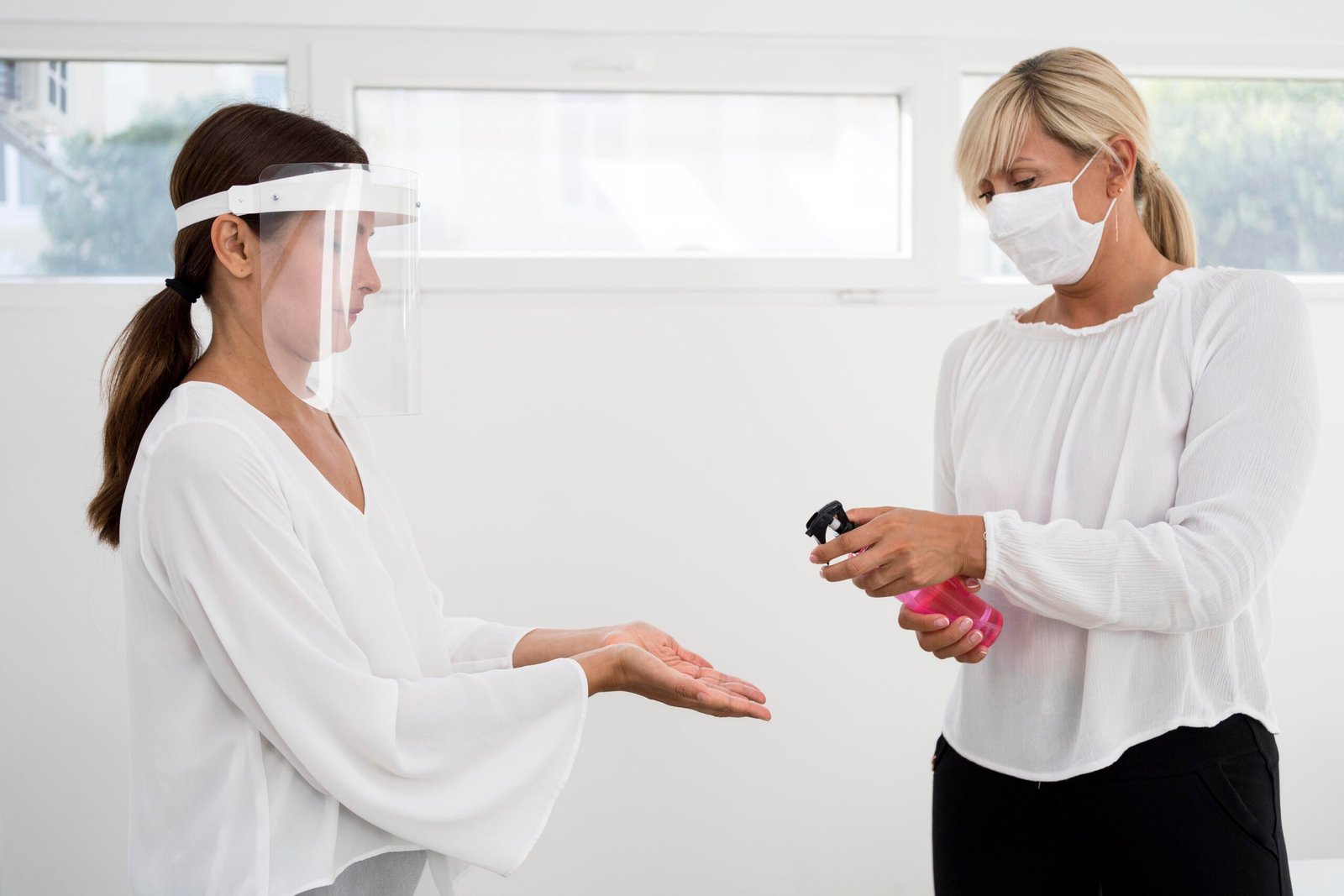Heart disease remains one of the leading causes of death worldwide, and coronary artery disease (CAD) is one of the most common types, resulting in heart blockages. Traditionally, treatments for heart blockages have involved medications, lifestyle changes, angioplasty, or coronary artery bypass surgery. However, there is an innovative, non-invasive treatment known as Enhanced External Counterpulsation (EECP) that offers hope for individuals who cannot undergo surgery or are looking for an alternative to traditional treatments.
In this blog, we will explore EECP treatment, how it works, its benefits, and why it is considered a valuable option for heart blockage management.
What is EECP Treatment?
Enhanced External Counterpulsation (EECP) is a non-invasive medical therapy used to treat coronary artery disease (CAD) and related symptoms, such as angina (chest pain) and heart failure. This treatment works by using inflatable cuffs that are placed around the patient’s legs. These cuffs inflate and deflate in synchronization with the patient’s heartbeat, creating a counterpulsation effect. This helps increase blood flow to the heart and other vital organs, thus reducing the strain on the heart and improving overall cardiovascular health.
How Does EECP Work?
EECP therapy involves the use of cuffs, which are positioned around the calves, thighs, and buttocks. These cuffs are connected to a computer-controlled machine that inflates and deflates the cuffs in rhythm with your heartbeat. The process can be broken down into a few simple steps:
Inflation: When the heart is in its resting phase (diastole), the cuffs inflate, applying pressure to the lower legs. This action helps to increase blood flow back toward the heart, improving circulation.
Deflation: When the heart contracts (systole), the cuffs deflate, allowing blood to flow freely and reducing the heart’s workload.
Increased Blood Flow: The process of inflating and deflating the cuffs assists in improving circulation, which helps to relieve symptoms of heart disease, such as chest pain and shortness of breath. It also encourages the development of new blood vessels, improving the heart’s blood supply over time.
Benefits of EECP Treatment
EECP treatment offers several notable benefits, particularly for those with heart disease or heart blockage. Here are some of the advantages of opting for EECP therapy:
1. Relief from Angina (Chest Pain)
One of the primary benefits of EECP is its ability to alleviate the symptoms of angina. Angina occurs when there is insufficient blood flow to the heart muscle, causing chest pain. EECP helps improve blood flow, not just to the heart, but to the entire cardiovascular system, reducing chest pain and discomfort.
2. Non-Invasive Procedure
Unlike traditional heart surgeries or angioplasty, EECP is a non-invasive procedure. There are no incisions or anesthesia required, making it an attractive option for people who may not be suitable candidates for surgery. Patients can undergo treatment on an outpatient basis and can return home immediately after each session.
3. Improvement in Heart Function
EECP helps enhance the heart’s function by increasing blood supply to areas of the heart muscle that may have been deprived of oxygen due to blocked arteries. Over time, this can help improve the heart’s overall ability to pump blood, contributing to better cardiovascular health.
4. Reduction in Medication Usage
EECP can help reduce the need for medications, particularly those used to treat angina. Many patients undergoing EECP report a decrease in their reliance on medications, such as nitrates, beta-blockers, or calcium channel blockers, for managing their chest pain.
5. Improved Quality of Life
Patients who undergo EECP often report improved overall quality of life. They may experience increased energy levels, better exercise tolerance, and reduced symptoms of heart failure. This can significantly impact day-to-day activities, enabling patients to engage in more physical activity without experiencing discomfort.
6. Potential to Avoid Surgery
EECP is often recommended for patients who are not candidates for more invasive procedures such as coronary artery bypass surgery (CABG) or angioplasty. In some cases, EECP can provide enough improvement in heart function to delay or even avoid the need for surgery.
Who Can Benefit from EECP Treatment?
EECP therapy is suitable for patients who have coronary artery disease and are experiencing symptoms such as angina. Some individuals who are good candidates for EECP include:
Patients with Chronic Angina: Individuals who suffer from chest pain due to blocked arteries may benefit from EECP to relieve their symptoms and improve heart health.
Patients Seeking an Alternative to Medications: Those who want to reduce their reliance on medications for heart disease may find EECP a promising option.
The EECP Treatment Process
EECP treatment typically requires a series of sessions to achieve optimal results. The treatment schedule and duration may vary based on the patient’s condition and the physician’s recommendation. Here’s what the process generally involves:
Potential Side Effects of EECP
Although EECP is a safe and well-tolerated treatment, like any medical procedure, it does come with potential risks or side effects. However, these are usually mild and temporary. Some of the potential side effects include:
Leg Discomfort: The most common side effect is mild discomfort or aching in the legs due to the inflation of the cuffs.
Skin Irritation: Some patients may experience skin irritation or redness in the areas where the cuffs are applied.
Conclusion
EECP treatment is a promising non-invasive therapy that has helped many people with heart disease improve their symptoms and quality of life. By enhancing blood flow to the heart and promoting the development of new blood vessels, EECP offers a unique approach to managing coronary artery disease and heart blockages. With its minimal side effects, outpatient procedure, and ability to improve heart function, EECP provides a safe, effective alternative to more invasive treatments for patients who are not candidates for surgery or angioplasty.



